Do bathroom lights have to be IP rated? Choosing bathroom lighting fixtures is a very important thing to do when building a house, renovating, or remodeling a bathroom. The reason is that, aside from giving brightness to the bathroom, bathroom lights can complement the paints in the bathroom to look beautiful and can be very handy when dressing up and putting on some makeup.
The importance of bathroom lights cannot be overemphasized. There are many things to consider before buying bathroom lights. First of all, you have to verify whether there are any bathroom lighting regulations. If there is, it is your duty to follow such regulations to be on the safer side. So the question is, do bathroom lights have to be IP rated?
Yes, bathroom lights have to be IP Rated. The IP rating is what guides you when buying bathroom lightings so you can be able to get lighting suitable for your bathroom. It equally helps in knowing where to place these lights, how to protect yourself from them, and how to protect them so they can last long for you.
Bathroom lighting regulations were created to help protect you from harm inside your bathroom, and going against it can be very risky. Meanwhile, aside from taking our baths, there are several other things we do inside the bathroom, and almost all of these things involve the use of water.
However, as far as electricity is concerned, it does not go well with water if not properly guarded. The regulations are there to help you make an appropriate choice of bathroom lightings that will not harm you when using the bathroom. The question now is, do bathroom lights have to be IP rated?
First of all, the bathroom is divided into zones. However, getting a better understanding of the bathroom zones and the IP ratings associated with each zone will help you understand how important it is to follow these codes and regulations properly.
Table of Contents
What is IP and its Importance
IP means an “Ingress Protection,” and the number attached to it indicates the degree of protection provided to the item of equipment. There are two major important of bathroom IP. One is to protect the person using or coming in contact with the item in the bathroom. The second is to protect the item in the bathroom, so it lasts long.
Be that as it may, you need to know that bathroom IP works best with bathroom zones. Every IP ratings have two digits that are associated with it. Those two digits have a meaning. The first digit means the protection against solid objects, while the second digit is the protection against liquids. Let’s take a look at the meaning of bathroom zones and how many zones we have in the bathroom.
Bathroom Zones
As reiterated earlier, the bathroom is divided into zones. There is zone 0, zone 1, zone 2, and zone 3 (outside zones). Each of these zones has its place in the bathroom and the number of IP associated with it
- Zone 0 are the areas inside the bath or shower cubicle
- Zone 1 is the area up to 2.25m above the bath
- Zone 2 is the area above the shower
- Zone 3 is the area outside the zones
Below are the Table of the Bathroom Zones and the Meaning of the Digits
Digit 1. Protection against solid objects
- Zone 0: Not Protected
- Zone 1: Protection against solid objects that are bigger than 50mm. An example of such an object is the hand
- Zone 2: This protects against solid objects that are bigger than 12mm. An example of such an object is the fingers
- Zone 3: This also protects against solid objects more prominent than 2.5mm. An example of such objects is tools.
- Zone 4: Protection against solid objects bigger than 1mm. An example of such objects is wires
- Zone 5: Protection against dust
- Zone 6: Absolute protection against dust
- Zone x: The X means that protection against solid objects is not defined
Digit 2. Protection against liquids
- Zone 0: Not Protected
- Zone 1: Protection against dripping water bigger than 50mm. This is popularly known as drip proof
- Zone 2: Protection against dripping water when tiled up to 15°
- Zone 3: Protection against spraying water popularly known as rainproof
- Zone 4: Protection against splashing water popularly known as splash proof
- Zone 5: Protection against water jets from any direction ( This is known as jet proof)
- Zone 6: Protection against heavy seas
- Zone 7: Protection against the effects of immersion between 15cm and 1m
- Zone 8: Protection against a long period of immersion under pressure
The table above indicates the digits and the protection that is allocated to them. From the table above, we’ve come to learn that digit 0 is always an area that is not protected in any way.
Bathroom IP Ratings you should know
Zone 0
Area: Inside a bath or shower (Total immersion units)
IP Ratings: Only low voltage (12V). Requires IP67 which from list 1 and list 2 above means, absolute protection against dust and protection against the effects of immersion between 15cm and 1m
Zone 1
Area: The area immediately surrounding the bath or shower to 2.25m above the bath
IP Rating: This Zone requires IP44 which from the table above means; protection against solid objects bigger than 1mm such as wires and protection against splashing water. This zone may also require IP55 which from the lists above means; protection against dust and protection against water jets from any direction
Zone 2
Area: The area above the shower cubicle
IP Ratings: The minimum required IP rating is IP44 which from the lists above means; protection against solid objects bigger than 1mm such as wires and protection against splashing water. This zone may also require IP54 which means; protection against dust and protection against splashing water
Zone 3
Area: The area outside the zones such as the ceiling.
IP Ratings: No IP Ratings are required in this zone but you can make use of IP44 which is protected against solid objects bigger than 1mm such as wires and protection against splashing water. The reason why you may consider IP44 in this zone is that up in the ceiling, you have your batten holder and build. You wouldn’t dust or splash of water to always get there to avoid spoiling it for you.
From the illustrations above, we’ve come to understand that bathroom lightings are always placed outside the zone, which does not need any IP ratings. However, there are some bathroom lights and bathroom sconces that are placed underwater, inside the bathtub, within zone 1 and 2. These bathroom lighting fixtures need to meet the standard of the IP ratings before placing it there.
Nevertheless, if placing such lights will cause is risky, then there is no need to place such light fixtures there. Normally, lighting fixtures are supposed to be placed outside the zones, which is the ceiling, where it will be hard for any liquid to reach.
Conclusion
Depending on where or side your bathroom is positioned, it has to have the perfect lighting. If your bathroom is on the dark side, it so much has to do with a higher watt of lighting. If it is on the normal or where lights could come through, then you will need one watt of incandescent bulbs at every square inch of the room, but dealing with darker rooms will have to increase this by 100% or more to give out what would match your ambiance. In this situation, these IP rated bulbs have the perfect trigger to change your mood. Therefore, it is very important to always consider the bathroom light IP ratings before purchasing your light fixtures to be on the safer side.
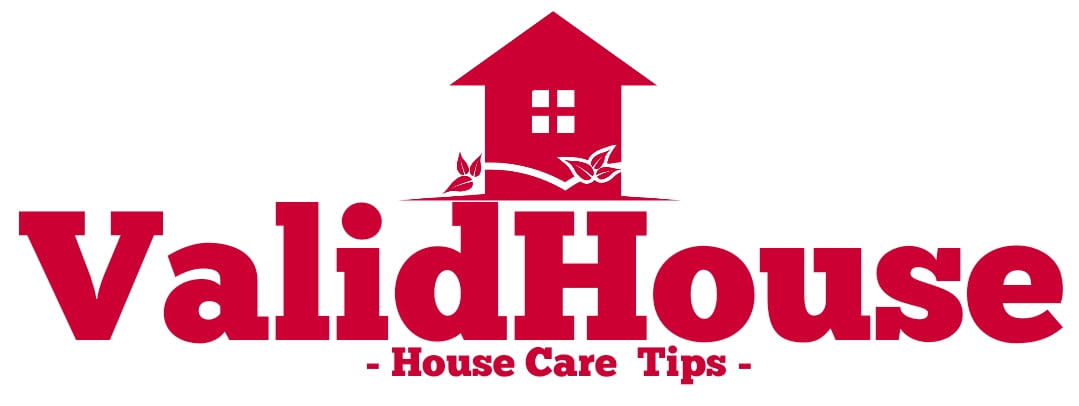
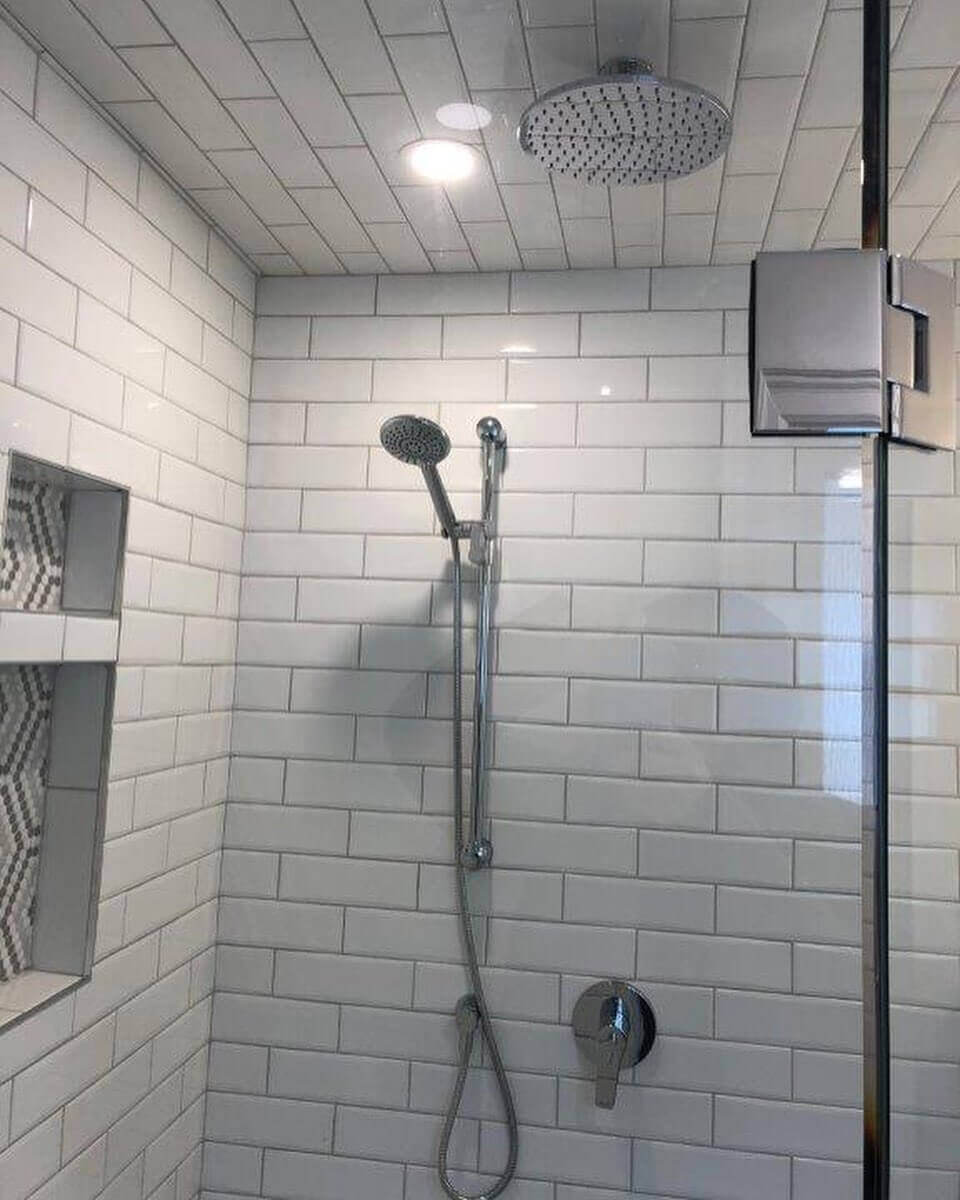
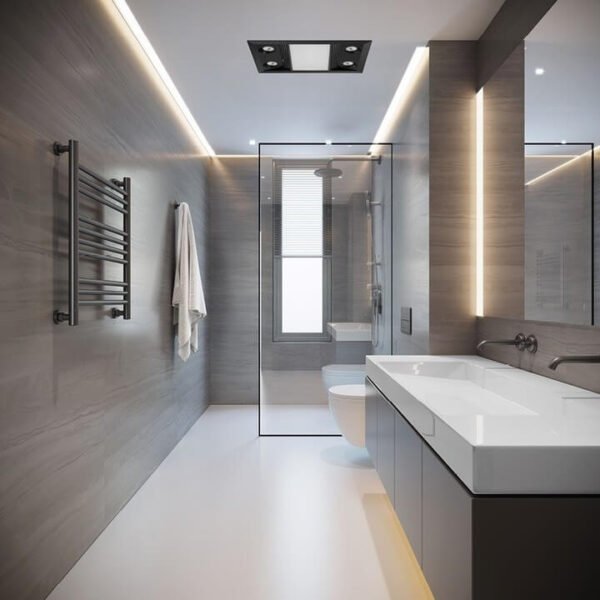
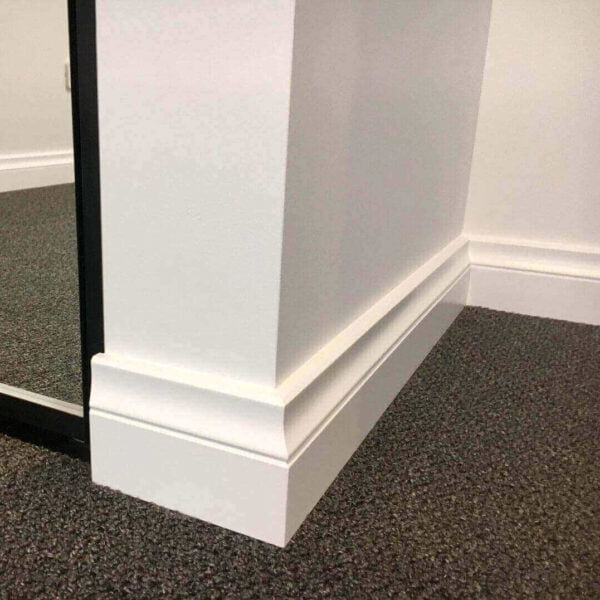
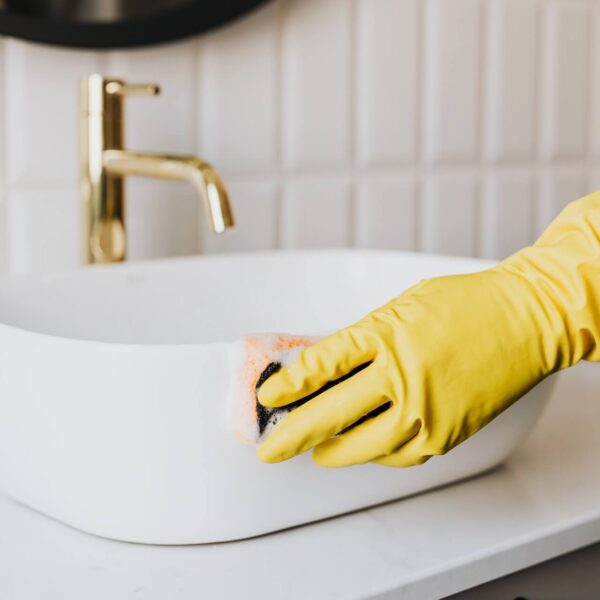
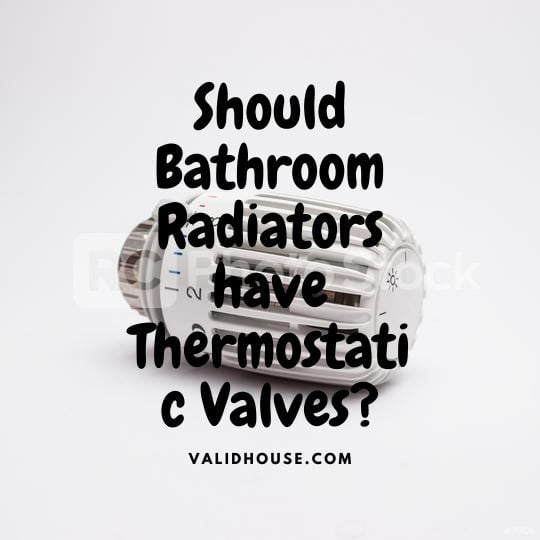
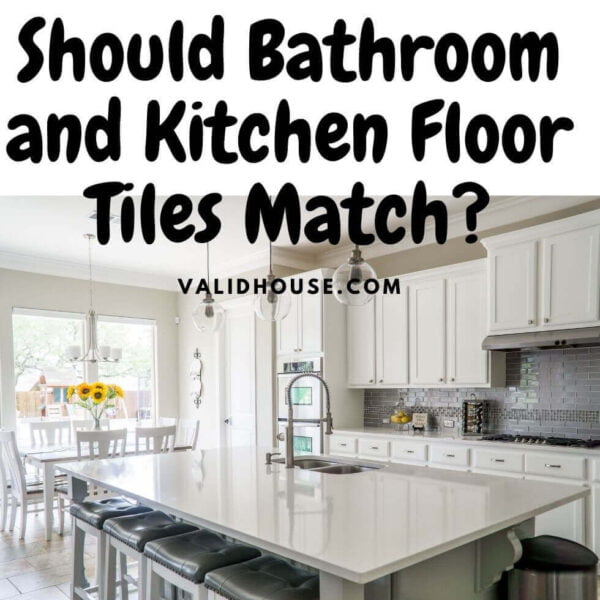
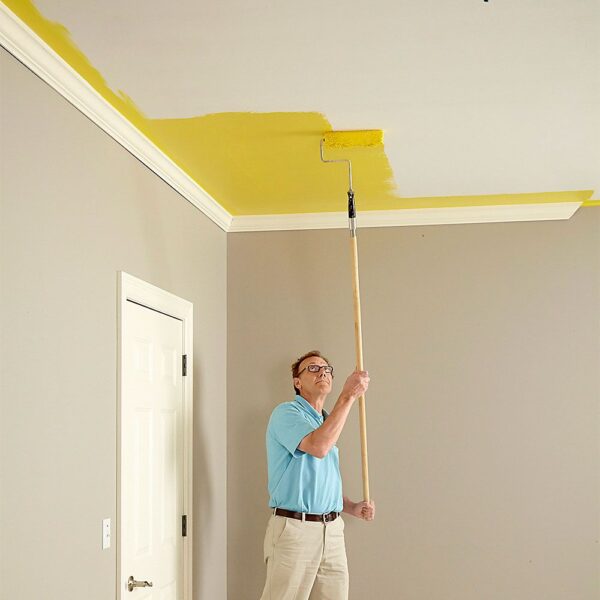
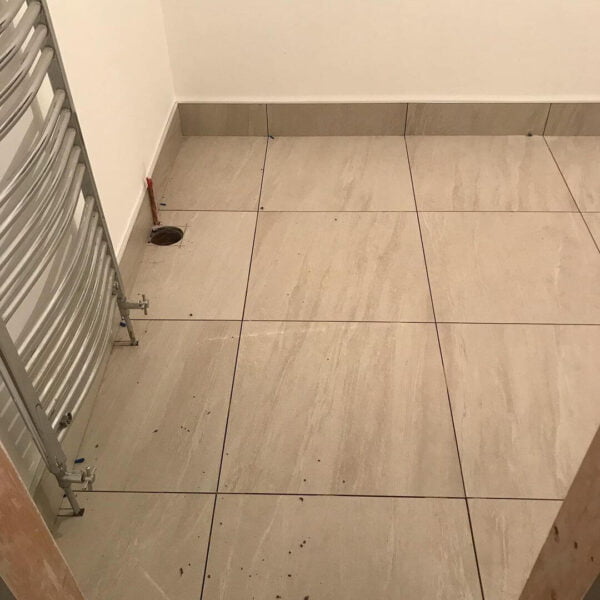
Leave a Comment